What are Bitcoin and Other Cryptocurrencies?
How Do They Relate to Scams?
Helping Scam Victim-Survivors to Understand Bitcoin and Other Cryptocurrencies
How Scams Work/Scam Basics – A SCARS Institute Guide
Author:
• Tim McGuinness, Ph.D., DFin, MCPO, MAnth – Anthropologist, Scientist, Director of the Society of Citizens Against Relationship Scams Inc.
Article Abstract
Bitcoin and cryptocurrencies, while revolutionary in their decentralized financial structure, derive their value from collective belief, scarcity, and sentiment rather than intrinsic utility or tangible assets. This makes them speculative assets, similar to collectibles or goodwill, thriving as long as the perception of value endures.
However, their anonymity, irreversibility, and global accessibility make them a hotspot for scams such as phishing, Ponzi schemes, and rug pulls, exploiting victims under the guise of high returns or urgency. Stablecoins, pegged to fiat or commodities, offer stability for legitimate uses but are not immune to misuse in laundering and fraudulent schemes. Understanding their nature and associated risks is vital to navigating this complex and evolving landscape.

What is Bitcoin (or any Cryptocurrency) Really? How does it Relate to Scams?
BITCOIN & CRYPTOCURRENCIES – PART 1
Bitcoin and other cryptocurrencies have become some of the most talked-about financial instruments in the modern economy. Yet, understanding what they truly are often gets muddled by misconceptions. To clarify, Bitcoin is not a currency, share price, physical asset, or commodity. It pays no interest, dividends, or coupons, and unlike traditional investments, it is not backed by tangible goods or services. Instead, its value hinges entirely on belief, sentiment, and perception.
Let’s explore the essence of Bitcoin and other cryptocurrencies, examining their nature, what gives them value, and the risks and opportunities they present.
Bitcoin: Is Only a Measure of Sentiment/Belief/Trust/Faith
At its core, Bitcoin is more a measure of sentiment than a conventional financial instrument. Its value is dictated by what people believe others will think it is worth in the future. This makes it closer in nature to an index of collective belief or a speculative asset than to traditional forms of currency or investment.
When you buy Bitcoin, you’re essentially investing in the belief that others will find it valuable enough to buy from you at a higher price. Unlike a company share that represents ownership or a bond that pays interest, Bitcoin does not generate income or have intrinsic utility. It thrives solely on a communal perception of value.
Bitcoin: Similarity to Collectibles and Intangibles
Bitcoin’s nature aligns more closely with collectibles, art, or luxury goods than with financial securities. Like gold, diamonds, or rare whiskey, Bitcoin derives its value from demand and perceived scarcity, not from inherent utility or income generation. People buy these items not for what they do but for what they represent—a symbol of value, status, or belief in their future worth.
Similarly, Bitcoin functions as an intangible asset, much like a brand or reputation. It represents goodwill, a collective agreement that it holds value. This belief system can sustain its worth for years or decades, but it also means that its value is ephemeral. It exists until the moment that belief evaporates.
Bitcoin: Value?
Several factors underpin the value of Bitcoin and cryptocurrencies:
Scarcity: Bitcoin is deliberately designed to be finite, with a cap of 21 million coins. This scarcity creates a perception of exclusivity, much like limited-edition collectibles.
Perception and Branding: Bitcoin has established itself as the pioneer of cryptocurrency, giving it unparalleled recognition and a “first-mover advantage” within the digital asset space.
Community Belief: Bitcoin’s value lies in its community—a global network of believers who see it as a store of value, an investment vehicle, or a hedge against traditional financial systems.
Demand Dynamics: Like art, real estate, or luxury items, Bitcoin’s price is dictated by demand. High demand paired with finite supply drives up prices, even when practical utility is limited.
Technological Novelty: The blockchain technology underlying Bitcoin introduces decentralized and immutable ledgers, which many see as revolutionary. This adds a layer of perceived value tied to innovation.
Bitcoin: Not a Traditional Investment
Bitcoin and similar cryptocurrencies differ significantly from conventional investments:
No Income Generation: Unlike stocks that pay dividends or bonds that yield interest, Bitcoin produces no cash flow. You cannot earn income simply by holding it.
No Intrinsic Value: It is not backed by tangible assets like real estate, nor is it linked to any governmental or institutional guarantees.
Speculative Nature: Bitcoin’s price depends entirely on finding another buyer willing to pay more—a principle known as “the greater fool theory.”
High Volatility: Its value swings dramatically in response to market sentiment, making it far riskier than traditional investments.
No Legal Support: Cryptocurrencies are not regulated or controlled by agencies like the Securities and Exchange Commission, though as a result of recent cases this may be changing.
Bitcoin: Risks and Rewards
Risks
Volatility: Bitcoin’s price can experience extreme fluctuations, leading to significant losses for investors.
Ephemeral Value: Its worth depends on belief. Should public sentiment shift, its value could plummet.
Lack of Regulation: Cryptocurrencies exist in a largely unregulated space, exposing investors to fraud, hacking, and manipulation.
Environmental Concerns: The energy-intensive process of mining Bitcoin has drawn criticism for its environmental impact.
Rewards
High Potential Returns: For early adopters and risk-tolerant investors, Bitcoin has delivered outsized gains compared to traditional markets.
Decentralization: Bitcoin’s independence from centralized authorities appeals to those wary of governmental control.
Store of Value: Many view Bitcoin as “digital gold,” a hedge against inflation or economic instability.
Bitcoin: The Fragile Foundation of Value
Ultimately, Bitcoin’s value stems from a collective agreement. It is valuable because people agree it is. This dynamic is not unique to cryptocurrencies—fiat currencies, art, and even property prices share this characteristic. However, Bitcoin differs in that its lack of intrinsic utility or institutional backing makes its valuation even more tenuous.
Bitcoin is akin to an investment in a shared cultural or technological phenomenon. Like religious tithes, it represents faith in a system rather than any physical or financial underpinning. This faith can be enduring, but it is not unbreakable.
Bitcoin: Technology, Sentiment, and Speculation
Bitcoin is a fascinating blend of technology, sentiment, and speculation. It’s not a currency, commodity, or traditional investment, but a digital asset whose value is anchored in belief and perception. While its decentralized nature and scarcity make it appealing, its lack of intrinsic value and reliance on community trust highlight its fragility.
Understanding Bitcoin requires recognizing its dual nature: a groundbreaking innovation in decentralized technology and a speculative asset driven by collective psychology. Whether it thrives or falters will ultimately depend on the enduring strength of the belief systems that sustain it.
CRYPTOCURRENCIES AND SCAMS – PART 2
Bitcoin and Cryptocurrencies: A Double-Edged Sword in the World of Scams
Bitcoin and other cryptocurrencies have revolutionized finance by offering a decentralized and largely unregulated digital payment system. However, their unique attributes—anonymity, global accessibility, and lack of centralized oversight—make them attractive tools for scammers. While cryptocurrencies offer legitimate opportunities for innovation and investment, they are frequently exploited in fraudulent schemes, costing victims billions of dollars annually.
Here, we explore the relationship between cryptocurrencies and scams, highlighting how fraudsters leverage digital currencies to deceive and exploit individuals.
Why Cryptocurrencies Appeal to Scammers
Anonymity and Irreversibility Cryptocurrencies like Bitcoin allow transactions to occur without revealing personal information. Once a transaction is completed, it cannot be reversed (unless there is a smart contract with a specific rollback mechanism,) unlike credit card payments or bank transfers. This anonymity and finality are ideal for scammers who want to receive funds without being traced or offering refunds. However, this does not mean they cannot be recovered and seized by law enforcement and the courts.
Global Reach Cryptocurrencies operate across borders, making them attractive for scammers who target victims worldwide. Fraudsters can avoid jurisdictional challenges and legal constraints by transferring stolen funds internationally in minutes.
Lack of Regulation The decentralized nature of cryptocurrencies means there is no central authority to oversee transactions, investigate disputes, or offer consumer protection. This absence of regulation makes it easier for scammers to operate without accountability.
Hype and Lack of Understanding The rapid rise of cryptocurrencies has created a buzz, attracting individuals eager to invest without fully understanding the technology. Scammers prey on this enthusiasm, exploiting the gap in knowledge to make fraudulent schemes seem legitimate.
Common Cryptocurrency-Related Scams
Investment Scams (e.g., Crypto Ponzi Schemes) Scammers lure victims with promises of high returns on cryptocurrency investments. Victims are often encouraged to recruit others to join, creating a pyramid or Ponzi scheme where initial participants are paid with funds from new recruits. Eventually, the scam collapses, leaving later investors with nothing.
Example: The infamous BitConnect scam promised high returns through a trading bot but turned out to be a Ponzi scheme, costing investors over $2 billion.
Pig Butchering Scams These involve long-term social engineering, where scammers build trust with victims through fake relationships, often on social media or dating apps. Once trust is established, the victim is coaxed into “investment opportunities” involving cryptocurrency. The scammer fabricates trading platforms or wallets to steal the victim’s funds.
Phishing Scams Fraudsters use fake websites or emails to trick victims into revealing the private keys to their cryptocurrency wallets. Once the scammers gain access, they steal the funds.
Example: Victims may receive an email claiming to be from a legitimate exchange like Coinbase, asking them to “verify” their account. The link leads to a fraudulent site where login credentials are stolen.
Rug Pulls Scammers create new cryptocurrencies or DeFi (decentralized finance) projects, marketing them as the “next big thing.” Once they collect enough investment, they abandon the project and disappear with the funds.
Example: The Squid Game token scam used the name of the popular Netflix show to attract investors, then the creators vanished with over $3 million.
Fake Exchanges and Wallets Fraudsters create fake cryptocurrency exchanges or wallets to steal funds from users. These platforms may appear legitimate, complete with professional websites and endorsements, but they vanish once funds are deposited.
Blackmail and Extortion Scams Scammers use threats of exposing compromising information to demand cryptocurrency payments. The anonymous nature of crypto makes it the perfect medium for extortion.
Crypto Giveaway Scams Fraudsters impersonate celebrities or influencers, claiming to offer cryptocurrency giveaways. Victims are instructed to send a small amount of crypto to “verify” their wallet, with promises of larger returns that never materialize.
Example: Elon Musk impersonation scams have stolen millions by claiming to give away Bitcoin to participants who send funds first.
The Role of Cryptocurrencies in Facilitating Scams
Unregulated Exchanges Many cryptocurrency exchanges operate without strict regulatory oversight, making them vulnerable to being used by scammers to launder money or steal funds.
Dark Web and Illicit Activities Cryptocurrencies are frequently used for illegal transactions on the dark web, including purchasing stolen identities, hacking tools, and scam kits. Scammers use these resources to carry out sophisticated frauds.
Difficulty in Tracing Transactions While blockchain technology records all transactions publicly, the pseudonymous nature of cryptocurrency addresses makes it challenging to identify the individuals behind them. Scammers exploit this to move stolen funds without detection.
Rapid Fund Transfers The speed of cryptocurrency transactions enables scammers to move funds quickly through multiple wallets and exchanges, making recovery efforts extremely difficult.
Protecting Yourself from Cryptocurrency Scams
Verify Before You Trust Always research investment opportunities, exchanges, and wallets before sending funds. Use only reputable and regulated platforms.
Be Skeptical of Unrealistic Promises High returns with little or no risk are classic signs of a scam. If it sounds too good to be true, it likely is.
Use Secure Wallets Protect your private keys and never share them with anyone. Opt for hardware wallets or trusted software solutions.
Enable Multi-Factor Authentication Use MFA on all cryptocurrency accounts to add an extra layer of security.
Educate Yourself Learn about common scams and how to spot red flags. Staying informed is your best defense.
Verify URLs Ensure that websites and emails come from legitimate sources. Look for HTTPS and verify the domain before entering sensitive information.
Present Unique Risks
While cryptocurrencies like Bitcoin offer groundbreaking opportunities for financial innovation, they also present unique risks due to their decentralized and anonymous nature. Scammers exploit these features to create sophisticated frauds that prey on human vulnerabilities. Understanding the relationship between cryptocurrencies and scams is critical for both protecting individuals and addressing the broader challenges of fraud in the digital age.
By staying informed and adopting security best practices, individuals can enjoy the benefits of cryptocurrencies while minimizing their exposure to scams. Governments, organizations, and the crypto community must also collaborate to create safer ecosystems, ensuring that the promise of blockchain technology is not overshadowed by criminal exploitation.
THE OTHER KIND OF CRYPTO – STABLECOINS – PART 3
Why Stablecoins Are Different
Stablecoins are a unique subset of cryptocurrencies designed to maintain a stable value by being pegged to a specific asset or basket of assets, such as fiat currencies (e.g., USD U.S. Dollars), commodities (e.g., gold), or other cryptocurrencies. This stability differentiates them from traditional cryptocurrencies like Bitcoin and Ethereum, whose values are highly volatile and driven by market sentiment.
Here’s a closer look at what makes stablecoins different and how they function:
Stability Through Pegging
Unlike traditional cryptocurrencies, stablecoins aim to minimize price fluctuations by maintaining a fixed value or a predictable range of fluctuation. They achieve this by pegging their value to:
Fiat Currencies: Most stablecoins, such as Tether (USDT) or USD Coin (USDC), are pegged to the US dollar, maintaining a 1:1 value ratio.
Commodities: Some stablecoins are backed by assets like gold or other precious metals, providing a tangible basis for their value.
Cryptocurrency Collateral: A smaller subset of stablecoins, like DAI, are backed by reserves of other cryptocurrencies and use smart contracts to maintain stability.
This pegging mechanism reduces the risk of extreme price swings, making stablecoins more suitable for everyday transactions and financial stability.
Backing by Reserve Assets
Stablecoins derive their stability from reserves held by the issuing entity or smart contracts. These reserves can include:
Cash or Cash Equivalents: For fiat-backed stablecoins, the issuer holds an equivalent amount of fiat currency in reserves.
Asset Collateralization: Some stablecoins use a mix of assets to provide stability, reducing reliance on a single source.
Algorithmic Adjustments: Algorithmic stablecoins like TerraUSD (prior to its collapse) rely on supply-demand mechanisms to maintain their peg without holding physical reserves, though this approach carries inherent risks.
These reserves are audited periodically to ensure transparency, although some stablecoins have faced scrutiny over the adequacy and liquidity of their reserves.
Practical Use Cases
The stability of stablecoins makes them versatile for a range of applications, including:
Everyday Transactions: Their stable value makes them suitable for payments without the risk of losing purchasing power due to volatility.
Remittances: Stablecoins offer a low-cost, fast alternative for cross-border money transfers, avoiding traditional banking fees and delays.
Decentralized Finance (DeFi): Stablecoins are widely used in DeFi protocols for lending, borrowing, and staking, acting as a reliable medium of exchange within the ecosystem.
Hedging Against Volatility: Traders and investors use stablecoins as a safe haven during market downturns or as a temporary store of value.
Reduced Speculation
Unlike traditional cryptocurrencies, stablecoins are less attractive for speculative trading because their value remains relatively constant. This stability attracts individuals and businesses seeking predictability rather than high-risk, high-reward investments.
Regulatory Challenges
Stablecoins operate at the intersection of cryptocurrency innovation and traditional finance, raising unique regulatory concerns:
Systemic Risk: If a stablecoin issuer fails to maintain sufficient reserves, it could lead to a loss of confidence and destabilize broader markets.
Transparency: Ensuring that reserves are adequately backed and audited is critical to maintaining trust.
Integration with Traditional Finance: As stablecoins gain popularity, regulators are working to define their legal and financial status to prevent misuse, such as money laundering or fraud.
Why Stablecoins Are Still a Part of the Scam Ecosystem
Despite their stability, stablecoins are not immune to misuse. Scammers exploit their global accessibility and ease of transfer for schemes like:
Money Laundering: Stablecoins facilitate cross-border transfers without requiring traditional banking infrastructure, making them appealing for laundering illicit funds.
Ponzi Schemes: Fraudsters use stablecoins to create an illusion of stability and legitimacy in high-yield investment scams.
Phishing Attacks: Victims may be tricked into sending stablecoins to fraudulent addresses, thinking they are engaging in legitimate transactions.
The Stablecoin Bridge
Stablecoins offer a bridge between the cryptocurrency world and traditional finance, providing stability, utility, and accessibility that traditional cryptocurrencies lack. However, their role in the broader financial ecosystem brings both opportunities and challenges. While their stability makes them a powerful tool for legitimate uses, they are not immune to exploitation in scams and illicit activities. Users must remain vigilant and informed to harness the benefits of stablecoins while minimizing risks.
-/ 30 /-
What do you think about this?
Please share your thoughts in a comment below!
Article Rating
Table of Contents
RATE THIS ARTICLE?
LEAVE A COMMENT?
Recent Comments
On Other Articles
- Nikolaus on Dating Scammers Paradise: Ivory Coast: “The Ivory Coast romance scam is still going on. It seems that local authorities don’t handle the issue effectively!” Dec 10, 02:17
- on The SCARS Institute Top 50 Celebrity Impersonation Scams – 2025: “Thank you – we will.” Dec 7, 11:41
- on The SCARS Institute Top 50 Celebrity Impersonation Scams – 2025: “You should add Sean Bean to your list of Celebrities. This one is very good, and persistent. He will be…” Dec 2, 12:07
- on How You Think & Talk About Your Scam Affects Your Recovery: “I have hung on to the scams for far too long. With the intervention of an all-merciful God, I have…” Nov 6, 22:13
- on Disengaging From A Fake Scam Relationship: “Taci, you may want to join our new support community at www.SCARScommunity.org” Nov 6, 03:01
- on Disengaging From A Fake Scam Relationship: “This particular article helped me discover the many things I did wrong the first time I was scammed. I should…” Nov 5, 22:49
- on About the SCARS RomanceScamsNOW.com Website – 24 Years Published: “It was unavailable for a few days, but it is available again. If he would be interested, he is welcome…” Nov 5, 00:59
- on About the SCARS RomanceScamsNOW.com Website – 24 Years Published: “My husband has been scammed and your classes have been helping him but now he can’t seem to access them.…” Oct 26, 14:57
- on Talia Shepard – Impersonation Victim – Stolen Photos – 2024: “Hi, I’m Patrick from Belgium and I found this site by chance, so I just got to know it, and…” Oct 17, 23:46
- on Talia Shepard – Impersonation Victim – Stolen Photos – 2024: “Hallo ik ben Patrick uit Belgie en het is in verband over PayPal. Ik heb het dit jaar spijtig genoeg…” Oct 17, 23:08
ARTICLE META
Important Information for New Scam Victims
- Please visit www.ScamVictimsSupport.org – a SCARS Website for New Scam Victims & Sextortion Victims
- Enroll in FREE SCARS Scam Survivor’s School now at www.SCARSeducation.org
- Please visit www.ScamPsychology.org – to more fully understand the psychological concepts involved in scams and scam victim recovery
If you are looking for local trauma counselors please visit counseling.AgainstScams.org or join SCARS for our counseling/therapy benefit: membership.AgainstScams.org
If you need to speak with someone now, you can dial 988 or find phone numbers for crisis hotlines all around the world here: www.opencounseling.com/suicide-hotlines
A Note About Labeling!
We often use the term ‘scam victim’ in our articles, but this is a convenience to help those searching for information in search engines like Google. It is just a convenience and has no deeper meaning. If you have come through such an experience, YOU are a Survivor! It was not your fault. You are not alone! Axios!
A Question of Trust
At the SCARS Institute, we invite you to do your own research on the topics we speak about and publish, Our team investigates the subject being discussed, especially when it comes to understanding the scam victims-survivors experience. You can do Google searches but in many cases, you will have to wade through scientific papers and studies. However, remember that biases and perspectives matter and influence the outcome. Regardless, we encourage you to explore these topics as thoroughly as you can for your own awareness.
Statement About Victim Blaming
Some of our articles discuss various aspects of victims. This is both about better understanding victims (the science of victimology) and their behaviors and psychology. This helps us to educate victims/survivors about why these crimes happened and to not blame themselves, better develop recovery programs, and to help victims avoid scams in the future. At times this may sound like blaming the victim, but it does not blame scam victims, we are simply explaining the hows and whys of the experience victims have.
These articles, about the Psychology of Scams or Victim Psychology – meaning that all humans have psychological or cognitive characteristics in common that can either be exploited or work against us – help us all to understand the unique challenges victims face before, during, and after scams, fraud, or cybercrimes. These sometimes talk about some of the vulnerabilities the scammers exploit. Victims rarely have control of them or are even aware of them, until something like a scam happens and then they can learn how their mind works and how to overcome these mechanisms.
Articles like these help victims and others understand these processes and how to help prevent them from being exploited again or to help them recover more easily by understanding their post-scam behaviors. Learn more about the Psychology of Scams at www.ScamPsychology.org
Psychology Disclaimer:
All articles about psychology and the human brain on this website are for information & education only
The information provided in this article is intended for educational and self-help purposes only and should not be construed as a substitute for professional therapy or counseling.
While any self-help techniques outlined herein may be beneficial for scam victims seeking to recover from their experience and move towards recovery, it is important to consult with a qualified mental health professional before initiating any course of action. Each individual’s experience and needs are unique, and what works for one person may not be suitable for another.
Additionally, any approach may not be appropriate for individuals with certain pre-existing mental health conditions or trauma histories. It is advisable to seek guidance from a licensed therapist or counselor who can provide personalized support, guidance, and treatment tailored to your specific needs.
If you are experiencing significant distress or emotional difficulties related to a scam or other traumatic event, please consult your doctor or mental health provider for appropriate care and support.
Also read our SCARS Institute Statement about Professional Care for Scam Victims – click here to go to our ScamsNOW.com website.


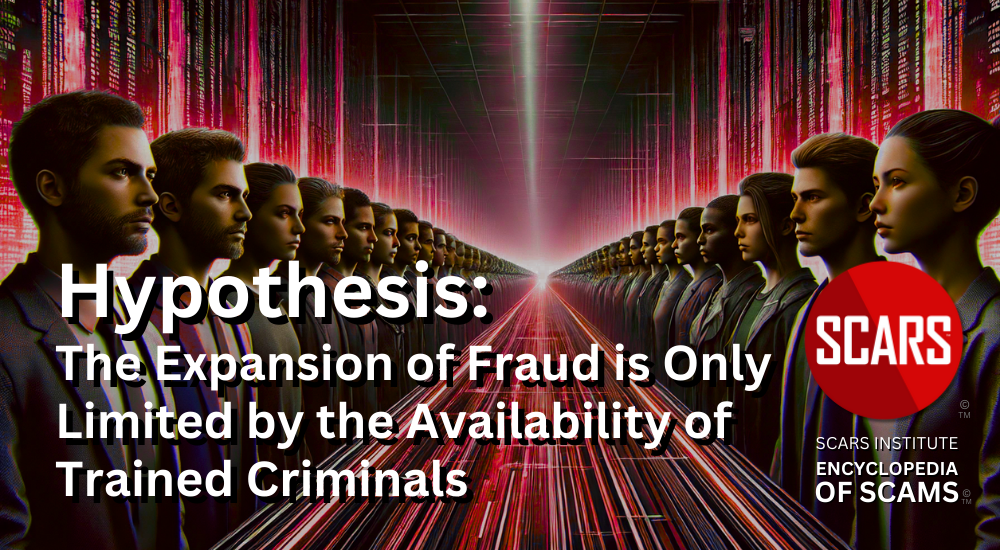

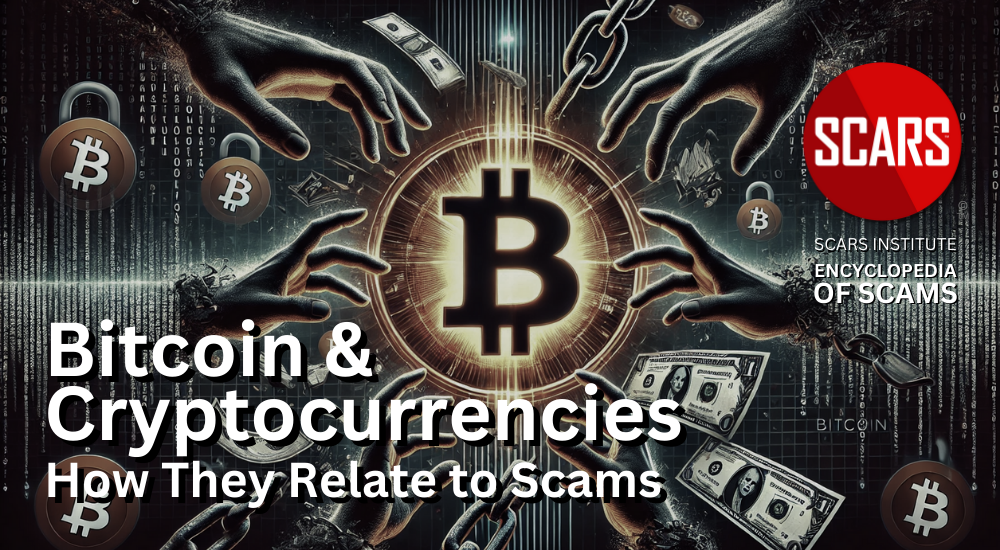






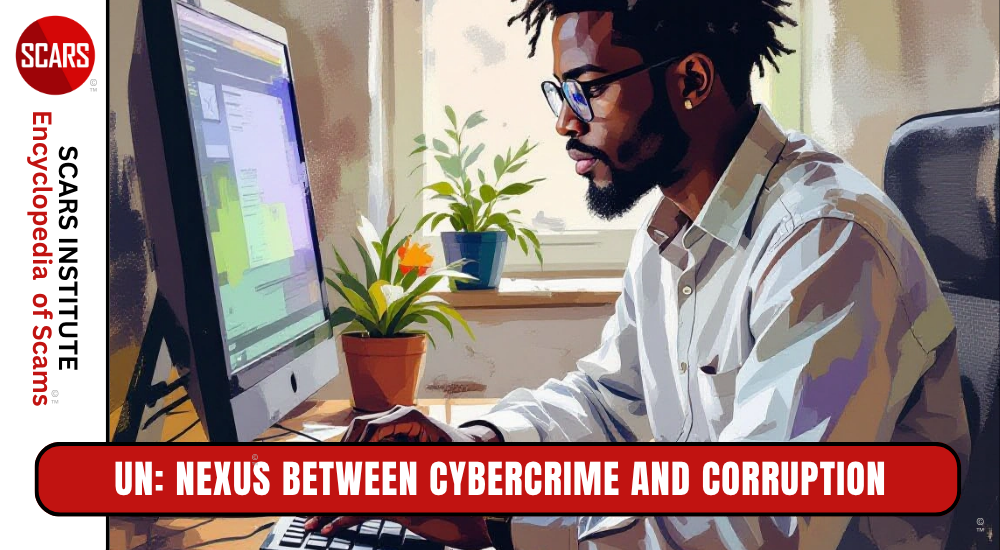
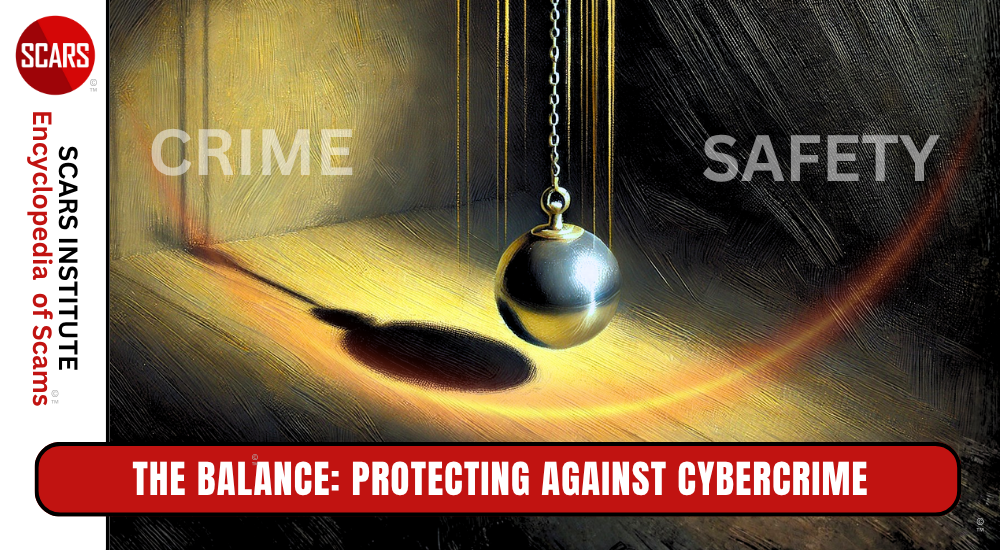
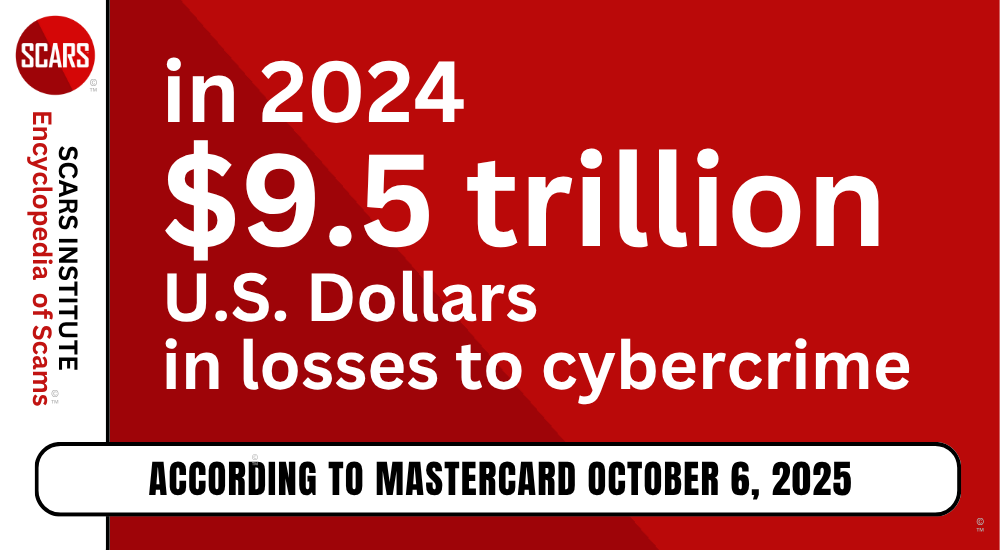




Thank you for your comment. You may receive an email to follow up. We never share your data with marketers.